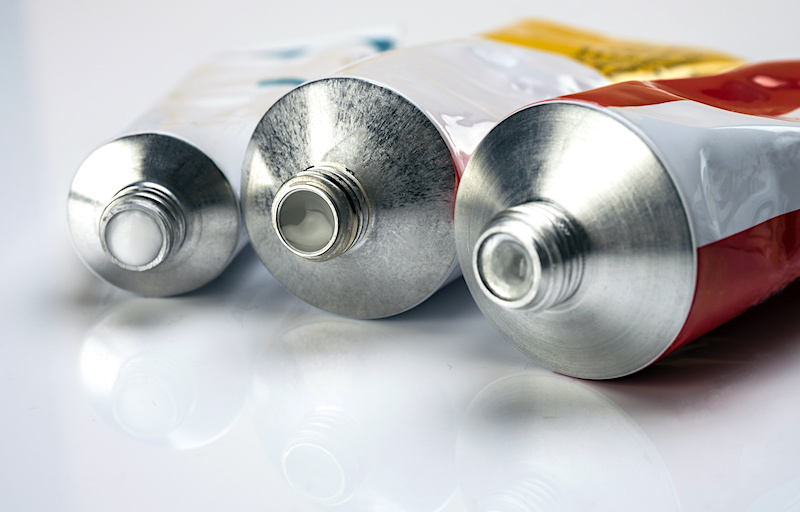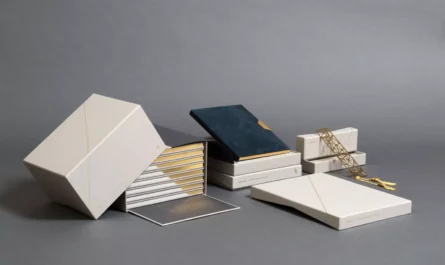Collapsible metal tubes are flexible packaging solutions used for a wide range of products like cosmetics, pharmaceuticals, food items, and others. These tubes are typically made from aluminum or tinplate and come with crimped or twist caps for sealing contents. Their collapsible structure allows maximum product evacuation and space-efficiency during storage and transport. In this article, we will discuss the key aspects of collapsible metal tubes including their evolution, manufacturing process, advantages, applications and future outlook.
Evolution of Collapsible Metal Tubes
The concept of Collapsible Metal Tubes can be traced back to the late 19th century when Edmund Rose developed the first tube packaging concept for toothpaste. However, it was only in the early 20th century that modern collapsible metal tubes came into existence after continuous refinement in design and manufacturing technologies. In 1923, Erik Laursen patented the toothpaste tube design which became the standard. By 1930s, advancements like three-piece can body, multiple decoration options made tubes hugely popular for various products.
Post World War 2 saw tremendous rise in global tube market with new materials like aluminum gaining ground over traditional tinplate. 1990s witnessed the digital revolution in printing which enabled photo-quality graphics on tubes. Growing environmental concerns led to development of laminated plastic tubes and composite aluminum tubes for higher sustainability in 2000s. Today, continuous improvements in production automation, alloy developments have made metal tubes stronger, customizable and more optimized for product uses.
Manufacturing Process
The manufacturing process of collapsible metal tubes involves several key steps:
– Metal Rolling: Aluminum or tinplate coils are rolled to desired thickness and width to form the tube strip.
– Printing: High-resolution digital printing is done on the strip to add graphics, messaging as per brand needs.
– Bodymaking: The strip is fed into a series of mandrels and dies which draws, shapes and forms the tube body in single or multi-piece designs.
– Head-making: In a separate process, tube ends and caps are stamped or injection molded with threads, rims as per design.
– Decoration: Special surface treatments like lacquering, metallization are applied for enhanced finishes.
– Cleaning and Inspection: Tubes undergo cleaning and quality checks on production lines.
– Filling and Assembly: Empty tubes are filled with products, screw caps are fitted and excess expelled using high-speed machines.
– Packaging and Dispatch: Finished tubes are bundled, cartoned and dispatched for consumer markets.
Advantages of Metal Tubes
Some key advantages that have made collapsible metal tubes an immensely popular flexible packaging format globally are:
– Lightweight and Portable: Being thin and crush resistant, metal tubes occupy very less space both during storage and transport.
– Optimum Product Dispensing: Due to their collapse-resistant walls and follow-toothpaste mechanisms, tubes ensure complete emptying of product.
– Barrier Protection: Aluminum and tinplate provide excellent protection against moisture, oxygen, smells – keeping contents fresh.
– Recyclability: Post-consumer aluminum tubes can be recycled infinitely without loss of material quality.
– Graphics and Customization: Digital flexo printing allows personalized tubes tailored to brand needs. Two-piece aluminum tubes enable large graphic areas.
– Sustainability: Compared to plastic and glass, metal tubes have much lower carbon footprint over product lifespan.
Wide Range of Applications
Leveraging the above advantages, collapsible metal tubes today serve as the packaging of choice for entire categories like:
Personal Care: Over 90% of toothpastes, hair creams, face washes, deodorants are packaged in metal tubes globally.
Pharmaceuticals: Tubes are favored for gels, ointments and creams due to critical barrier and dispensing properties.
Food: Ketchup, mayonnaise, mustard, baked beans are commonly found in aluminum tubes on grocery shelves.
Industrial: Adhesives, lubricants, sealants are packaged in advanced aluminum composite tubes for professional uses.
Going forward, advances in lightweight aluminum alloys, multi-layer barrier materials will further enhance protective qualities of tubes. Sustainability will remain a key driver, making recycled content and recyclable designs widespread. Smart tubes integrated with sensors may enable product authentication and consumption tracking by brands. Rapid customization through advanced digital printing and new tube designs are paving ways for innovation aligned with evolving product and consumer needs across industries. As a 100+ year old packaging solution, collapsible metal tubes thus promise to remain relevant for decades to come through continuous technological evolutions.
collapsible metal tubes have revolutionized flexible packaging since their inception through tube technology innovations. Today, aluminum and tinplate tubes successfully serve diverse product applications leveraging their portability, protection and sustainability advantages. Strong macro-trends indicate metal tubes will continue playing a significant role in industries worldwide with growing sustainability and customization focus.
*Note:
1. Source: Coherent Market Insights, Public sources, Desk research
2. We have leveraged AI tools to mine information and compile it



